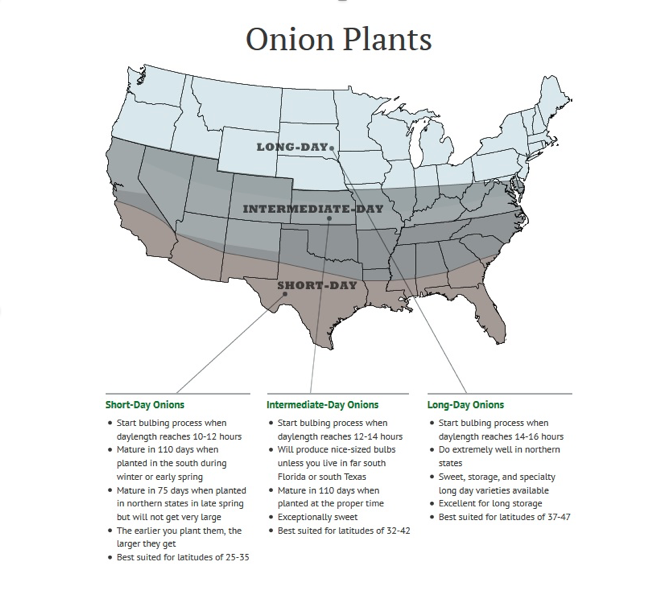Growing Onions
go.ncsu.edu/readext?546400
en Español / em Português
El inglés es el idioma de control de esta página. En la medida en que haya algún conflicto entre la traducción al inglés y la traducción, el inglés prevalece.
Al hacer clic en el enlace de traducción se activa un servicio de traducción gratuito para convertir la página al español. Al igual que con cualquier traducción por Internet, la conversión no es sensible al contexto y puede que no traduzca el texto en su significado original. NC State Extension no garantiza la exactitud del texto traducido. Por favor, tenga en cuenta que algunas aplicaciones y/o servicios pueden no funcionar como se espera cuando se traducen.
Português
Inglês é o idioma de controle desta página. Na medida que haja algum conflito entre o texto original em Inglês e a tradução, o Inglês prevalece.
Ao clicar no link de tradução, um serviço gratuito de tradução será ativado para converter a página para o Português. Como em qualquer tradução pela internet, a conversão não é sensivel ao contexto e pode não ocorrer a tradução para o significado orginal. O serviço de Extensão da Carolina do Norte (NC State Extension) não garante a exatidão do texto traduzido. Por favor, observe que algumas funções ou serviços podem não funcionar como esperado após a tradução.
English
English is the controlling language of this page. To the extent there is any conflict between the English text and the translation, English controls.
Clicking on the translation link activates a free translation service to convert the page to Spanish. As with any Internet translation, the conversion is not context-sensitive and may not translate the text to its original meaning. NC State Extension does not guarantee the accuracy of the translated text. Please note that some applications and/or services may not function as expected when translated.
Collapse ▲written by Jim Kwasnik, Extension Master Gardener℠ volunteer
Growing edible onions (Allium capa) in North Carolina is fairly easy to do with proper soil preparation and garden care. Onions need full sun, well-drained soil with a good amount of organic matter (well-rotten compost), and pH 6.5 -6.8. The area planted should be weed free and watered as necessary during dry spells.
There basically two types of onions: (1) branching or green onions and (2) bulb onions. Bulb onions are further divided into the sweet (short-storage) onions or the cooking (long day/longer-storage) onions. Bunching onions do well under most conditions but bulb onions are dependent on day-light hours for bulb formation. If bulb onions do not have the correct light requirements they will produce only greens or very small, if any, bulbs.
Bulb onions are divided into three growing types depending on the amount of daylight needed for bulb formation: (1) short-day, 10-12 hours; (2) intermediate-day, 12-14 hours; and (3) long-day, 14-16 hours. Long-day onions are not recommended for our area. Unfortunately, the onion sets sold in big box stores are usually long-day onions and will not form properly in our area.
It is best to prepare ground in fall as average planting dates in Onslow County for live onion plants is February 10 through March 10. Later planting will produce a smaller bulb given same plant conditions. Onion varieties that grow well in our area that are found as plants includes (short-day) Yellow Granex, Granex 33, TX Early Granex 1015Y and (intermediate-day) Super Star, Candy, and Red Candy Apple. Plant the onions no deeper that 1” as planting deeper will prohibit bulb formation. In our acidic soils, fertilize every 2-3 weeks with a ½ cup of calcium nitrate (15.5-0-0) per 10 foot of row until the bulb starts to form.
When the tops die back, remove the onions from the ground, cut off any roots and allow them to cure in the sun for 2-3 days. Place the greens over the bulb to prevent sunscald. If rainy conditions are present, then move your harvest to a ventilated indoor storage area or garage. Once the tops are dry, cut off the tops and place the bulbs in mesh bags or open boxes for longer storage. Store in a cool area. Storage life is generally 30-60 days for short-day onions and 60-90 day for intermediate day onions. Check your harvest every few weeks and remove any soft onions to prevent others from rotting.




